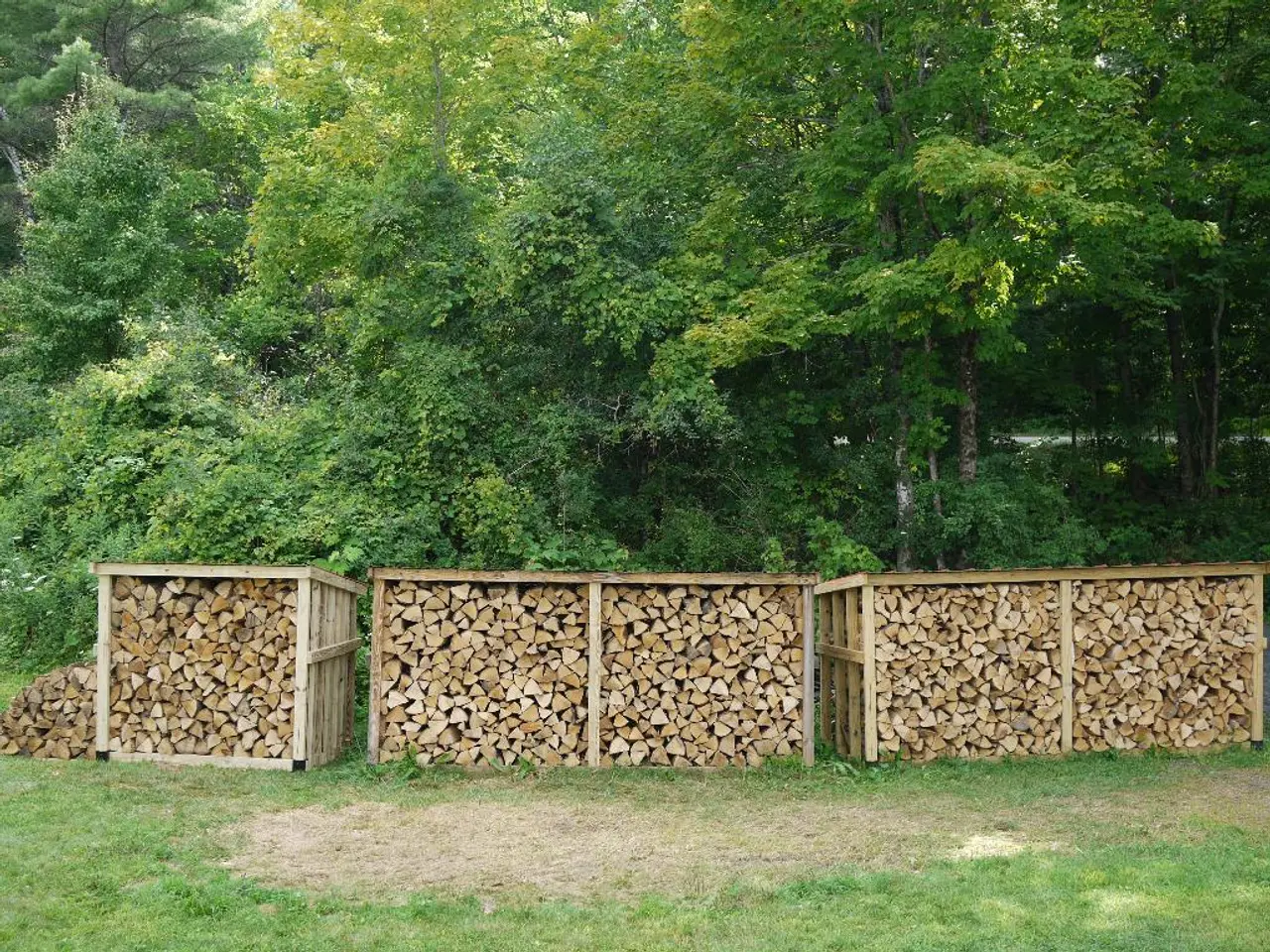Wood Ash: A Gardener's Eco-Friendly Soil Booster
Wood ash, a byproduct of fireplace burning, can be a gardener's friend. It's a natural, eco-friendly way to enrich soil and boost plant growth. Chelsea McKinley, a plant health specialist, recommends it as a lime alternative for raising soil pH.
Wood ash contains 25% to 50% calcium, which aids plant growth and prevents blossom end rot in vegetables. It also provides essential nutrients like potassium (5-7%) and phosphorus (1.5-2%).
However, while it can improve garden soil, excessive use can harm plants. Karl Ploberger, an expert, suggests using no more than one 10-liter bucket per 800 m² garden area. He advises first putting the ash in the compost and spreading the finished compost on beds after a year to avoid heavy metal content risks and optimize nutrient use.
Incorporating small amounts of wood ash into a compost pile can help decrease acidity and create alkaline compost for vegetable gardens. To use wood ash safely, mix it thoroughly into the soil before planting seeds or transplants.
Wood ash from a fireplace can be a valuable addition to garden soil, providing key nutrients and raising soil pH. However, it's important to use it judiciously and safely to avoid harming plants. By doing so, gardeners can manage waste, reduce reliance on manufactured fertilizers, and create a healthier garden environment.
Read also:
- Long-Term Prescription Drug Impact on Brain Function
- Benefits, sources, and supplements for Vitamin D and its role in addressing osteoporosis
- Diabetes Management during Pregnancy: Keeping Tabs on Blood Sugar Levels and Lifestyle Adjustments
- Life Expectancy with Interstitial Cystitis: Exploration of Research, Treatment Methods, and Additional Information




